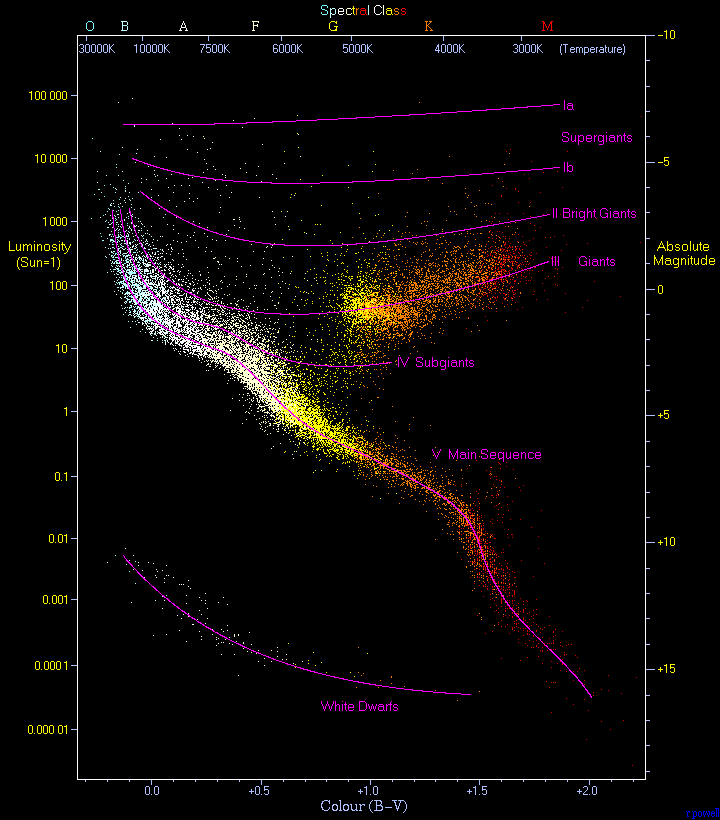CrusaderFrank
Diamond Member
- May 20, 2009
- 154,349
- 79,968
- 2,645
The variance in TSI compared to the imaginary increase in CO2 that is supposedly causing manmade global climate warming changeWhat are we measuring? ... you didn't answer ...
Follow along with the video below to see how to install our site as a web app on your home screen.
Note: This feature may not be available in some browsers.
The variance in TSI compared to the imaginary increase in CO2 that is supposedly causing manmade global climate warming changeWhat are we measuring? ... you didn't answer ...
Sort of ...No legitimate theory on climate change can be taken seriously without taking into account the Sun!
The Sun is the source, and the ocean is the battery, the main repository of solar energy upon which all weather and climate is driven.
Obviously, the problem here is that while the scientists are fact-driven, our media and politicians are /politically/ driven.
The variance in TSI compared to the imaginary increase in CO2 that is supposedly causing manmade global climate warming change
The variance in TSI compared to the imaginary increase in CO2 that is supposedly causing manmade global climate warming change
What is commonly overlooked are the bandwidth changes of the sun over time, TSI doesn't show it which is why it can be misleading to what the sun is doing to the atmosphere and planetary waters.

There would be none ... why would Earth's atmosphere effect solar output? ...
But I'll bite ... what is that variance and what math formula are you using? ...
Just show us one time in a lab how a .012% increase in an atmospheric trace element can “raise temperature”
ignorant statement you make the Sun is losing mass all the time, have your studied stellar evolution of stars were losing mass is the dominant factor in their aging process, have you read about the "solar wind" that carries charged particles and more into the solar system that is mass being converted into energy that is then sent away into interstellar space.The atmosphere has no effect on the Sun ...
Total Solar Irradiation is a new term, this is usually presented as j* in scientific literature ... if you'd read the HR diagram article, you'd understand what we're measuring here better ...
Mass and mass alone ... and the Sun isn't changing mass ...
=====
One photon, one molecule ... no, there's not enough molecules of CO2 to effect temperature in our atmosphere ... why do you ask? ...
Bandwidth changes can only occur with a change in temperature ... and temperature depends strictly on mass ... Billy-Bob didn't explain the science, did he? ... ask him if he knows what Blackbody radiation is and how Wein's Law describes the bandwidths ... that was the remark about the color green ... only the Sun is hot enough to produce this wavelength in nature ... if the Sun loses this green color, there will be no green on our environment ...
Your math is wrong ... simple as that ...

Hertzsprung–Russell diagram - Wikipedia
en.wikipedia.org
Bandwidth changes can only occur with a change in temperature ... and temperature depends strictly on mass ...
For the most part. Naturally, the spectral/luminosity classification of any star (OBAFGKM) is a function of spectral color driven mostly by mass/core temperature, so long as a star does not deviate from the main sequence of stellar evolution, which our Sun has not as a slightly variable pulsating yellow dwarf. But spectral output can also be compositionally affected in both early and latter stages.
To our benefit, one of the reasons why we are here is because of the Sun's long term stability.
Since we're only measuring temperature to the nearest whole degree ... we're safe using irradiation to the nearest 10 W/m^2 ... using Stefan-Boltzmann ...The Sun's surface is ≈ 5,500ºC ... for a peak energy wavelength of 502 nm ... that doesn't change enough to make a measurable difference here on Earth's surface ... that's green light, the light plants reflect into our eyes ... and plants are the same green they've always been ...
True, there are variations in solar output that occur over millions and billions of years, but not so much over centuries thankfully, due partly to the slowly increasing distance of the Moon from the Earth plus the slowing of Earth's spin. For instance, back at the start of the Phanerozoic Eon, an Earth day was two hours shorter due to higher spin rate, lost mostly due to drag from the Moon.
But as to peak wavelength, that in part is what determined the green color of chlorophyll and the peak sensitivity of human vision being around 5500Å (green-yellow).
The Sun is classified as a G3 or G4 type star, basically a yellow dwarf.
No, our Sun is much too small to ever go Nova, but in about 6 billion years or so it will begin phasing into a planetary nebula.So you agree our Sun won't be going nova ...
The Sun is now in a period of least variation. That is pretty much why we are here. Its periods of variation were early on in its life and late in its life.because that's the basis of the claims being made in this thread ... variations of solar irradiation is supposedly causing changes in temperature here on Earth ...
CO2's influence as a weak GHG appears rather limited. In general, Earth does better with elevated CO2.Math disagrees ... I'm not excusing man's influence ... and I do think we could do better ... but CO2 doesn't change weather, so it doesn't change climate ...
Clear-cutting forests and excessive strip mining have a pronounced effect on the climate.land use is a different story, but I don't know how much this effects weather ... clear-cutting a half million square miles of forest can't be good for the environment ... then there's digging up all that coal leaving the tailings in big open piles ... discharging carbonic acid into our rivers and streams ..
Dare I say, the real solution to climate woes is not cutting GHG or driving EVs but to simply keep human population down to perhaps 4 billion people.I just think we could do better ... my example is to drive fewer miles, not to rid ourselves of cars altogether ... though I waste electricity like I live in a rain forest ...
Dare I say, the real solution to climate woes is not cutting GHG or driving EVs but to simply keep human population down to perhaps 4 billion people.
We were less than 2 billion just 100 years ago ...

Yeah, I rather like the 2 billion figure. I grew up in a world of 3 billion people and rather liked it, but the key to most all of our problems really is to just stop having so many kids. Time will do the rest.
 www.corbettreport.com
www.corbettreport.com

 www.corbettreport.com
www.corbettreport.com
 www.corbettreport.com
www.corbettreport.com
 www.corbettreport.com
www.corbettreport.com
Matt has to be careful of not getting caught lying or he will immediately be labelled as a denialism.

Dr. Matthew Wielicki Attempts Math
A blog about nature, science, conservation and our broader impact on the world.woodromances.blogspot.com